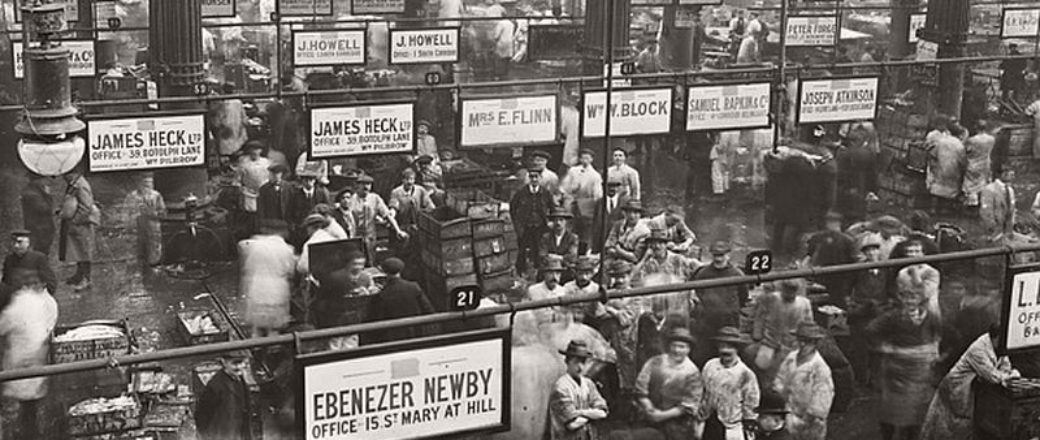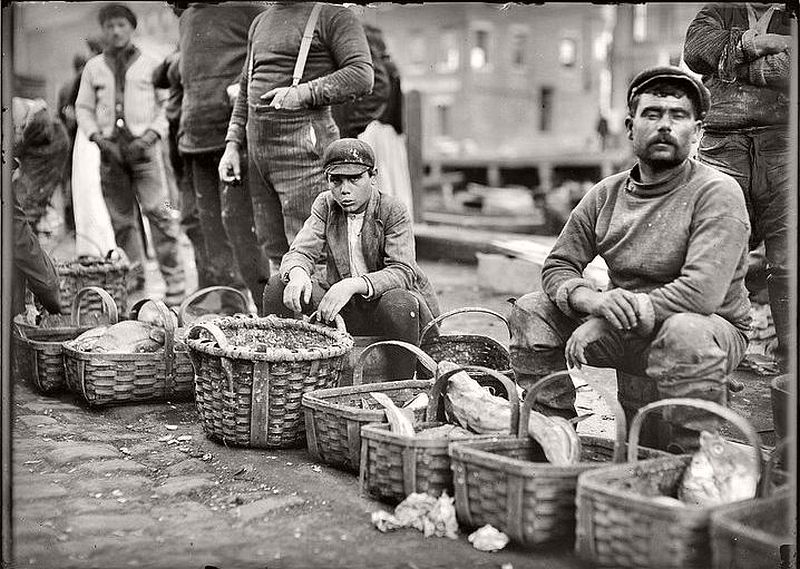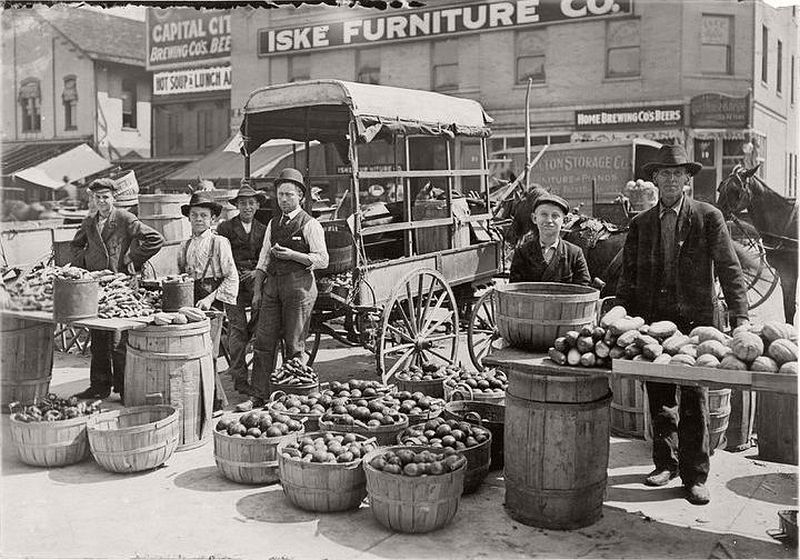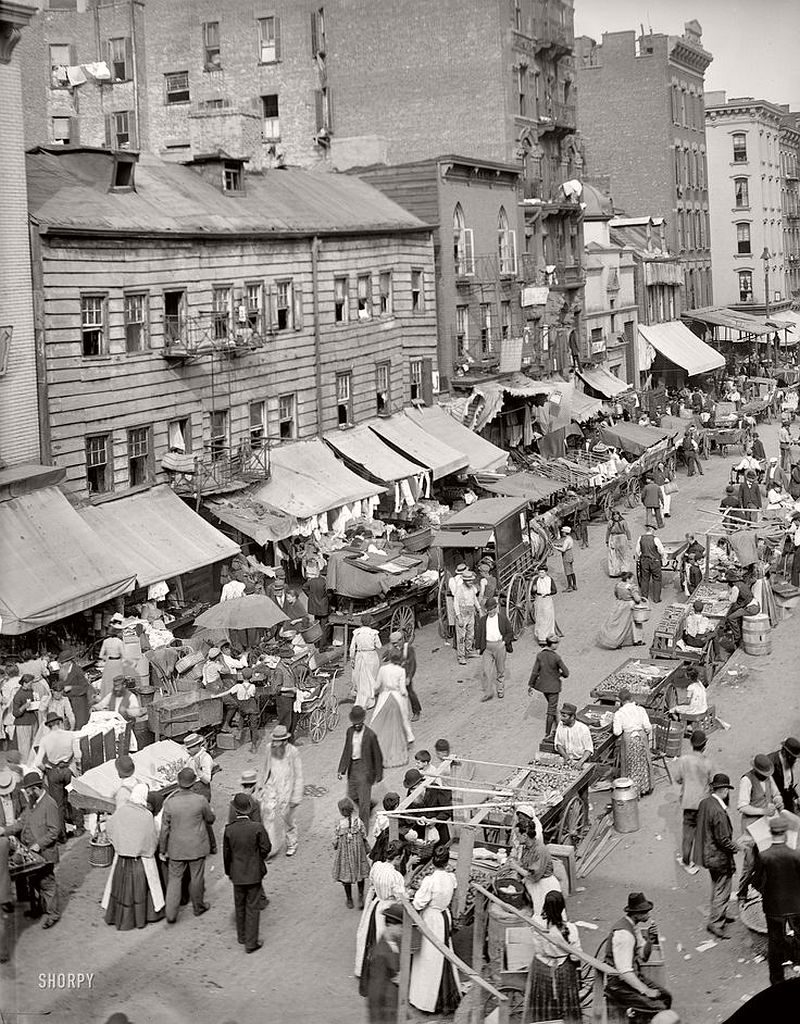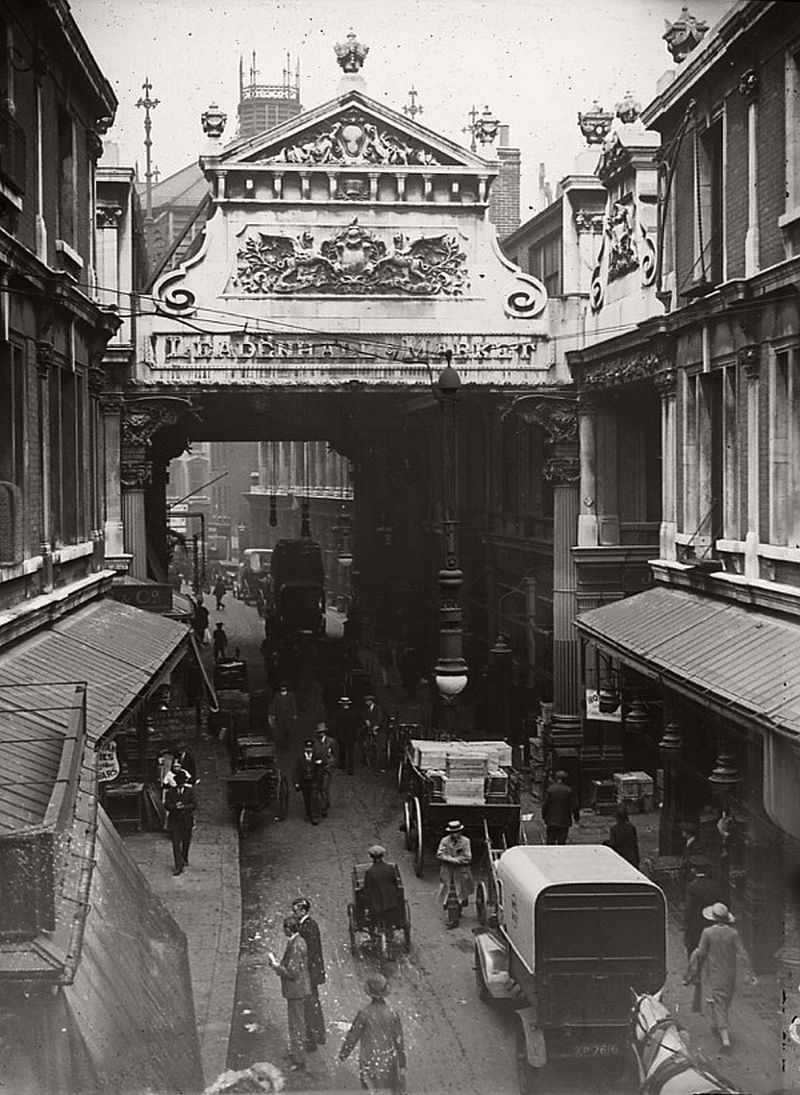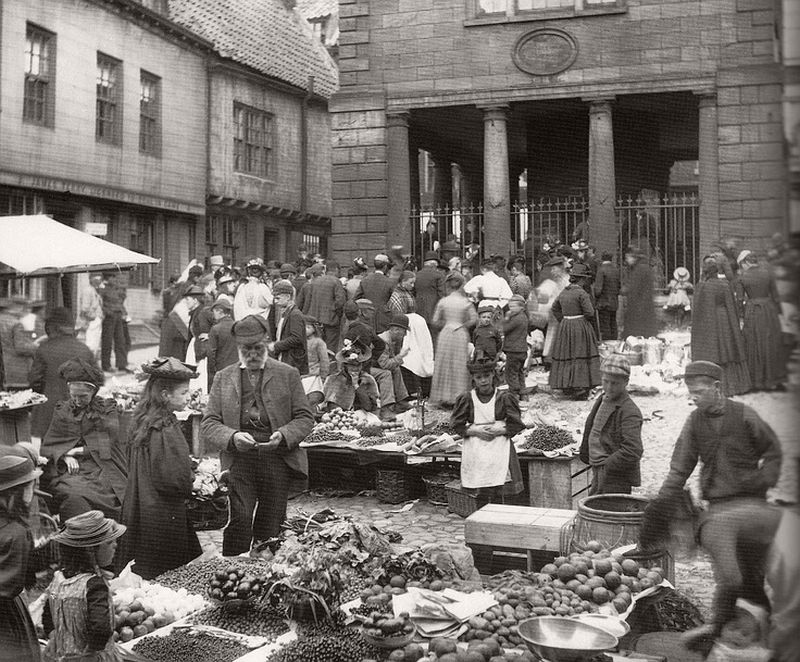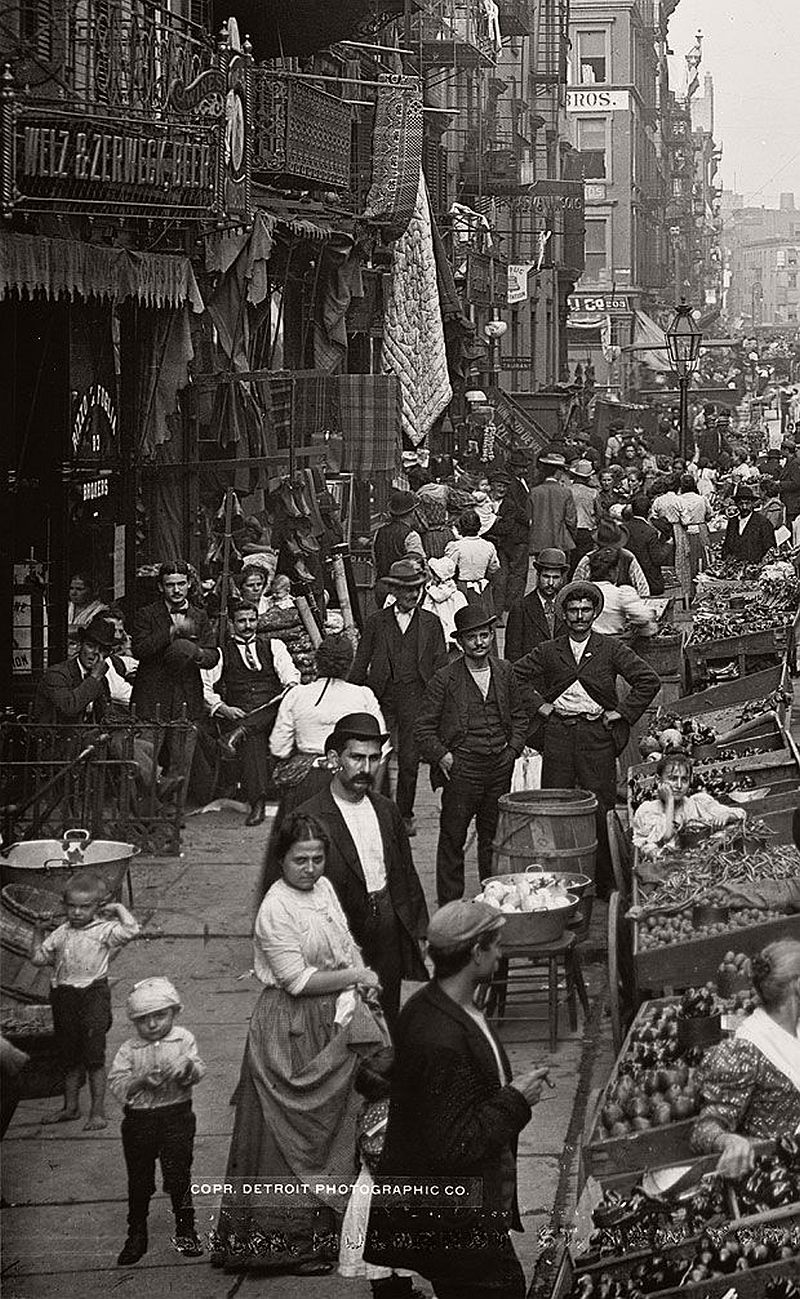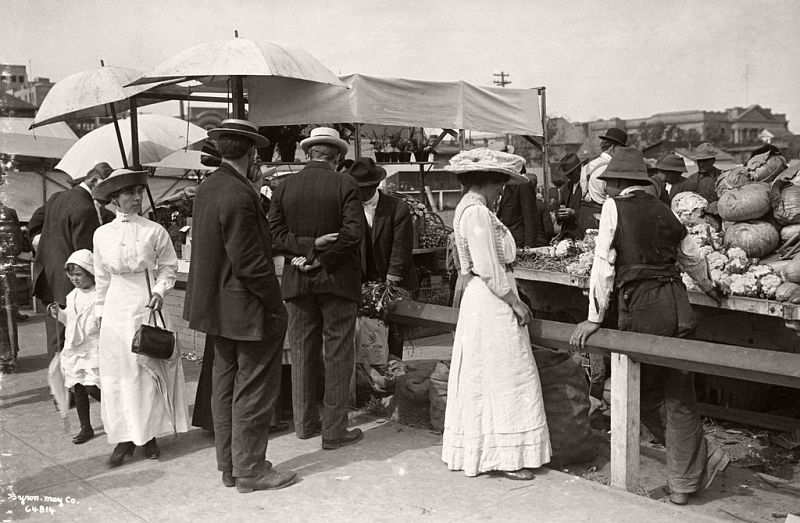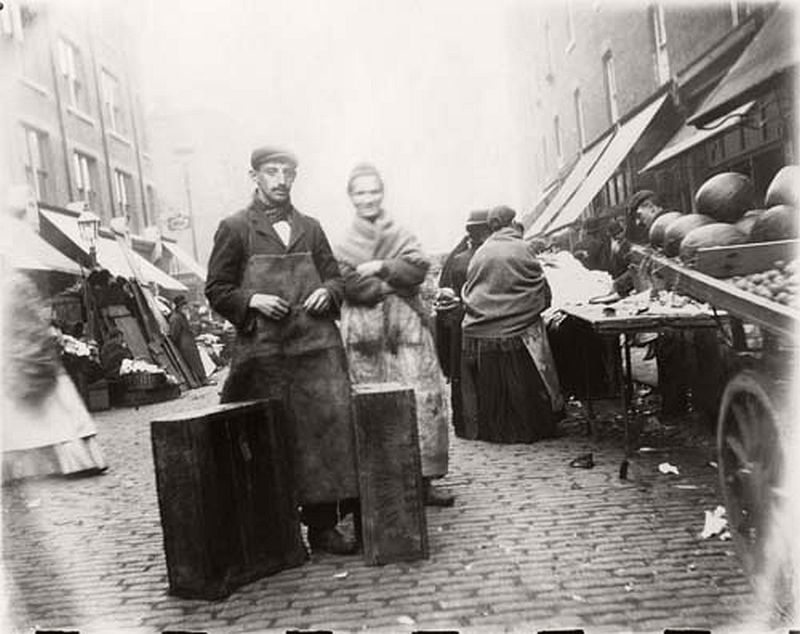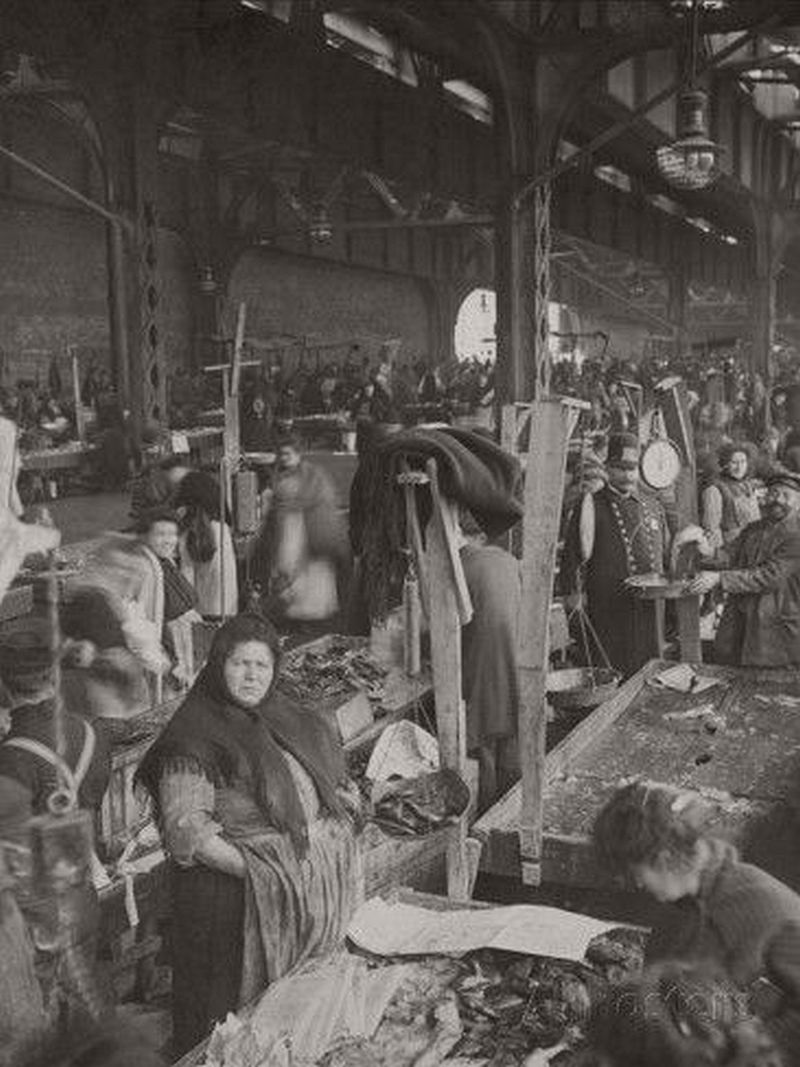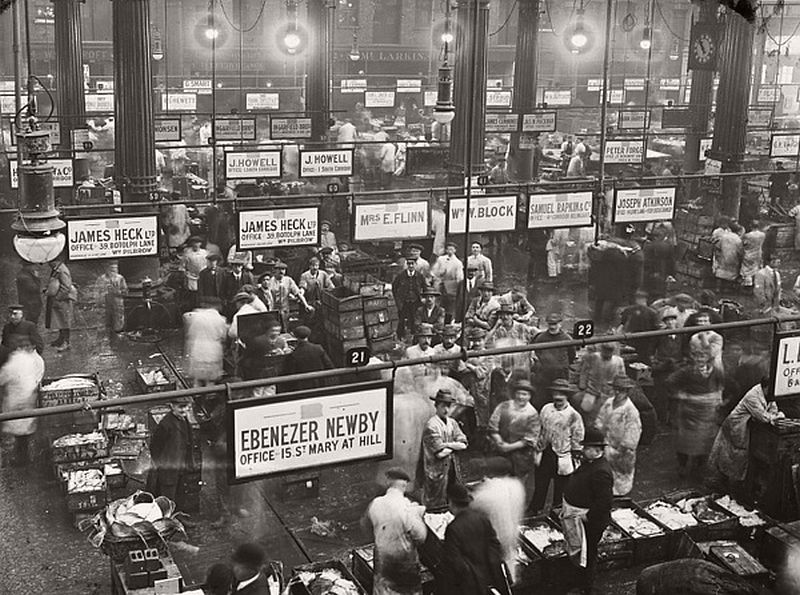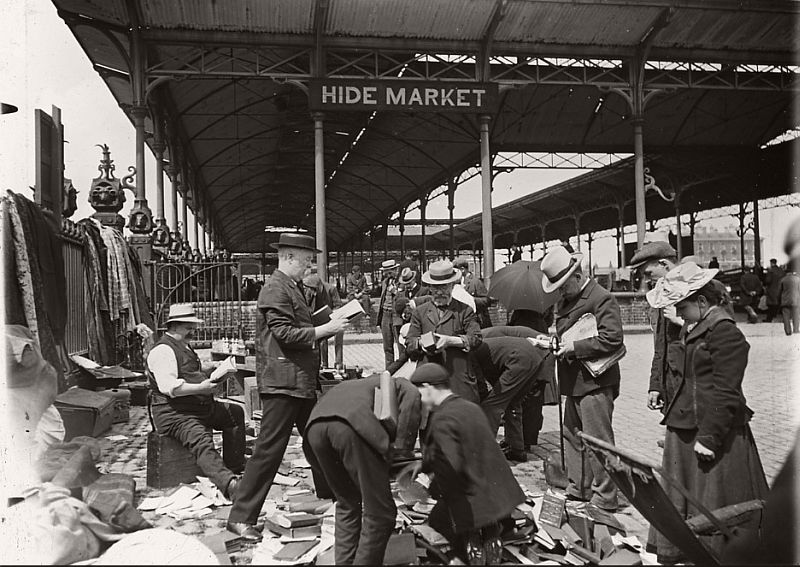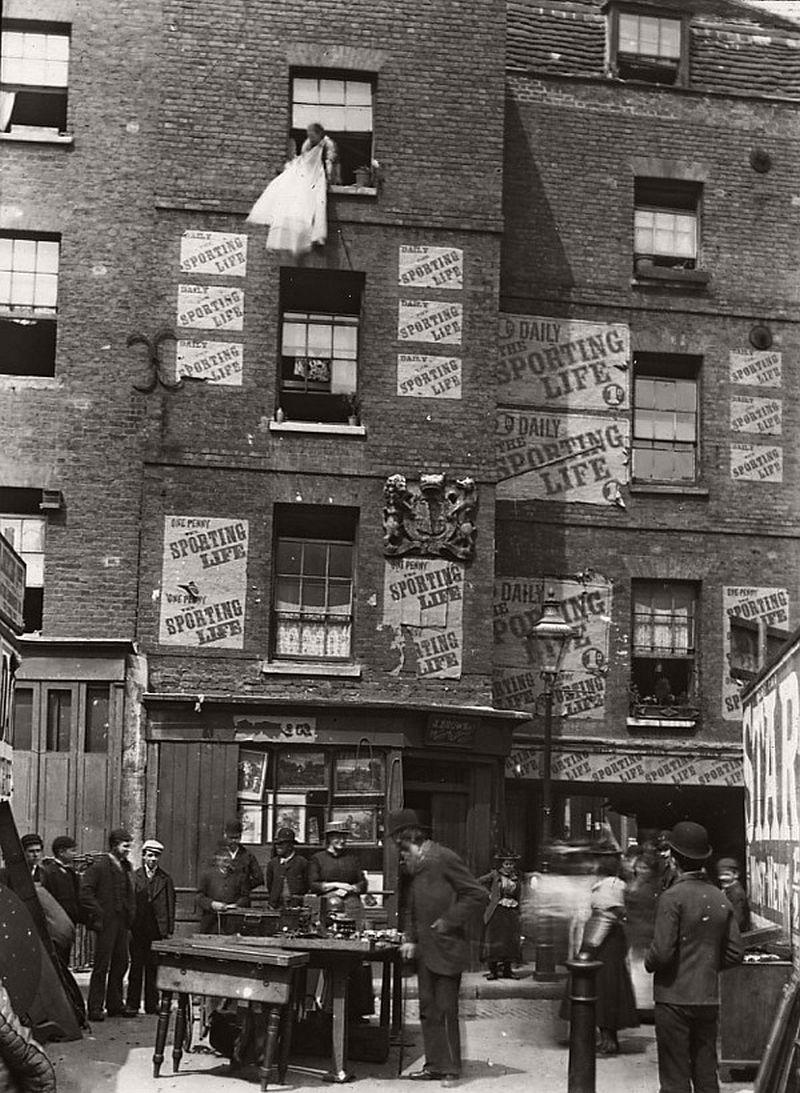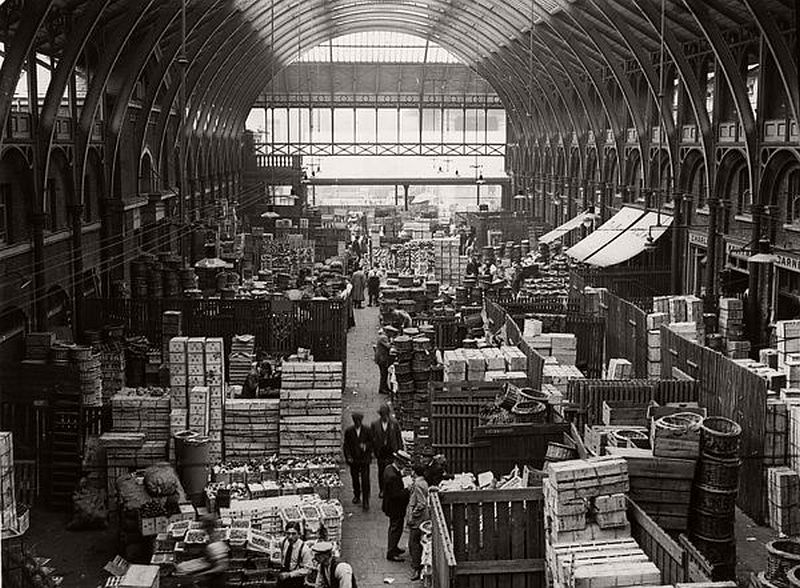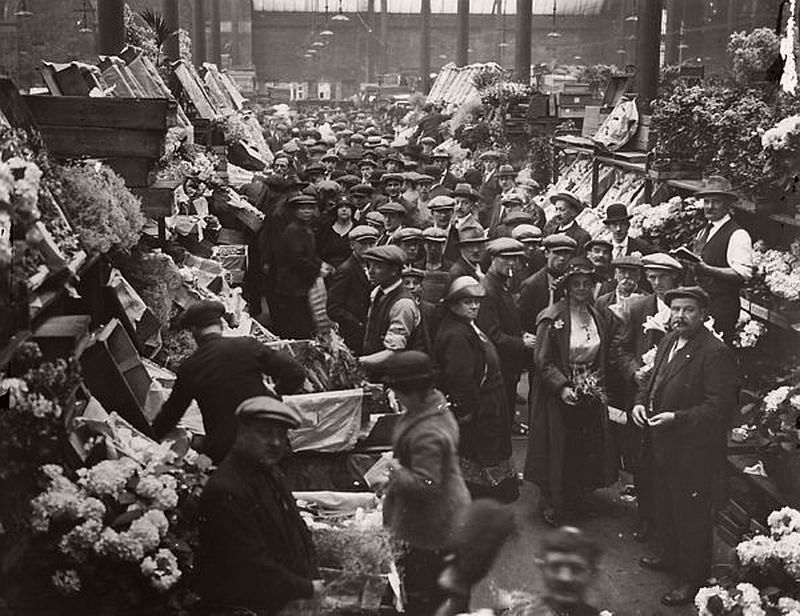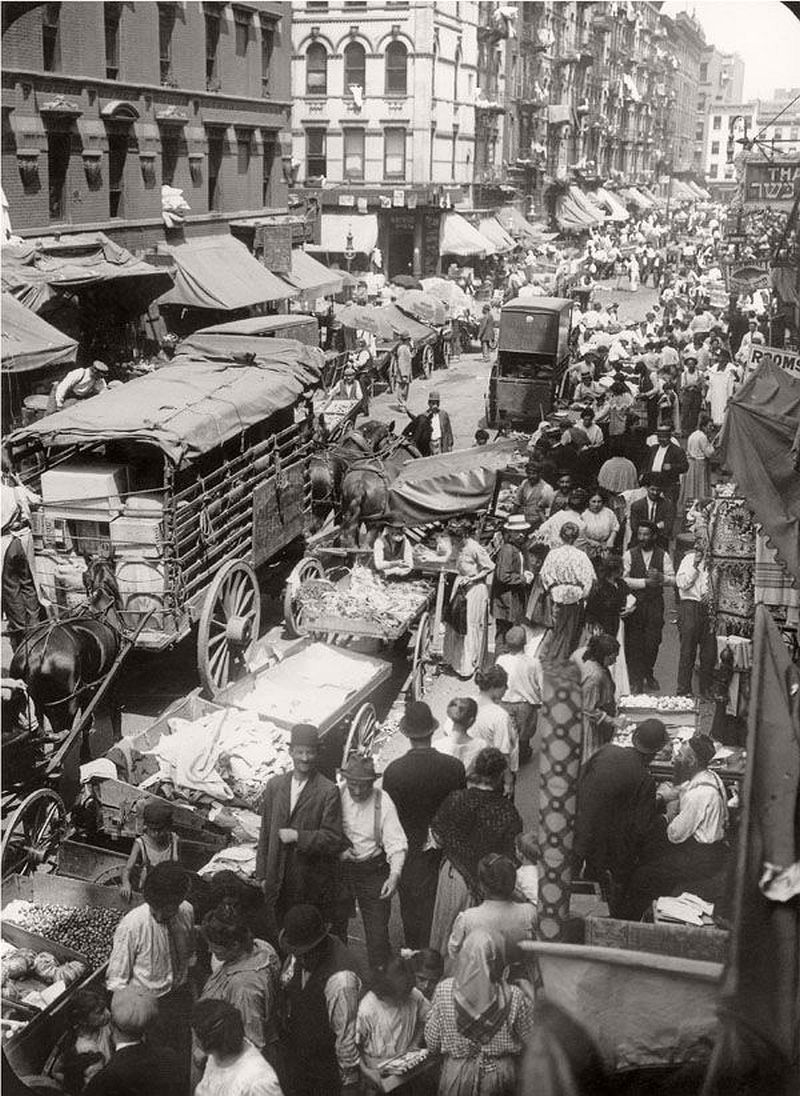Oliver Williamson gives a transaction cost explanation for the rise of the modern corporation and argues that the wide variety of governance structures and forms of organization were an evolutionary response by businesses to lower the information and coordination costs involved in production. Thus the period from 1870 through 1900 was characterized by freedom of contract which enabled entrepreneurs to discover and use new forms of governance and organization that lowered the costs of production and provided enormous benefits to consumers.
The rapid increase in the variety of consumer goods available during this period of time lends support to this conclusion. After 1860 kerosene replaced animal oils as a source of lighting and in the 1880s electricity provided both public and private illumination. Rolled oats were marketed in small two and three-pound packages by the 1880s. The food processing industry was able to seal canned meats, vegetables, and soup, thus lowering food storage costs and improving health standards. Soft drinks became widely available and in the 1870s packaged yeast meant that neither bakeries nor homes had to maintain a stock of starter in order to get bread to rise. Bakeries replaced home production of breads and by 1900 crackers were cheap and widely available. All of this decreased food preparation costs in the home.
Men’s clothing and shoes that had different shapes for the left and right feet also entered the marketplace. Standardized clothing sizes developed because of the measurements taken during the Civil War by the Army for soldiers’ uniforms and in the 1870s rotary cutting machines and reciprocating knives made it possible to cut multiple layers of cloth at one time.
Cities grew rapidly as the labor force moved from farming to manufacturing.5 Inter-urban railroads allowed the development of suburbs and the substitution of pulpwood for cloth dramatically lowered the cost of paper, which led to a rapid increase in the availability of newspapers and books. The camera became widely available for the average consumer, dropping in price from $49.58 in 1877 to $1 by 1900. Department stores, chain stores, and mail-order houses made consumer goods accessible to a wide spectrum of the American population and dramatically lowered the cost of distribution. Brand names became important guarantors of quality and for the first time retailers introduced the “money back if not satisfied” guarantee. Along with the increased availability of consumer goods, the average worker had more leisure time, with the average work week in manufacturing falling from 63 hours per week in 1870 to 54 hours in 1900.

